Papillomatosis of the genitals increases the risk of infection for both partners and complicates the intimate life, and during childbirth it is often transmitted from woman to child.
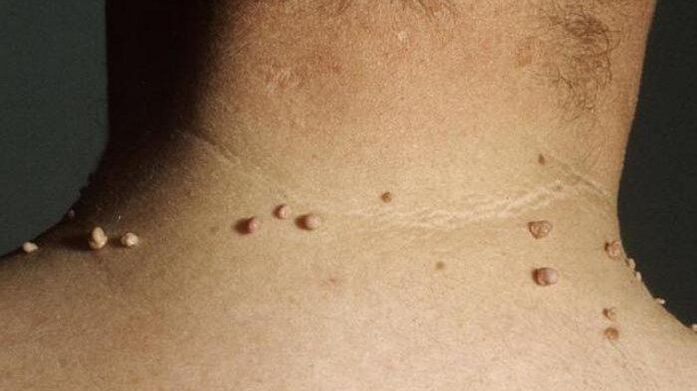
Causes
The main reason for the formation of growths is HPV, which enters the body in various ways. It is introduced into the cells of the squamous epithelium and remains in them for a long time without making itself known. The patient may not be aware of such an infection until the conditions for its proliferation and the occurrence of neoplasms arise. With a decrease in immunity, growths often appear on the body.
Experts identify factors that increase the risk of growth:
- frequent stress;
- nervous, physical exertion;
- avitaminosis;
- impaired immunity;
- the patient's old age;
- too many sexual partners;
- smoking, alcohol abuse;
- taking oral contraceptives for a long time.
The causes of papillomas can be hidden in endocrine disorders, pathologies of the digestive system and excess weight. The incubation period lasts about a year, and if the immune system works well, the infection may not show up. HPV is often transmitted by contact with infected objects in everyday life when using ordinary washcloths, razors and towels. Infection can occur during intercourse or from a woman to a child during childbirth.
Views
Dermatologists distinguish between several types of papillomas:
- Simple. The neoplasm resembles a cauliflower or rooster comb, the surface of which resembles small papillae.
- Plantar. These buildups cause slight discomfort.
- Flat. The site of localization of such neoplasms is the epithelium of the cervix. Flat papillomas resemble flat nodules that itch.
- Filamentous. Such tumors are often found in patients over 50 years of age, resemble small nodules and do not cause the development of pronounced symptoms.
- Pointed. They resemble papillary formations, which are localized both as separate elements and fuse together into entire groups. In each case, genital warts are caused by certain types of viruses that are transmitted during sexual intercourse. The place of formation of genital warts is the intimate zone, groin, anus, perineum.
Angiopapilloma is an internal growth formed from connective tissue. It adheres to the vascular walls and is able to induce the development of cancer.
Neoplasms in the visible areas of the body and in the intimate area often cause psychological discomfort and problems with sexual activity. The formation of papillomas on the uterus can end in cancer.
Types
There are several types of HPV, taking into account the possible occurrence of cancerous lesions in the skin and internal organs.
Plate plates
The appearance of papilloma is due to the rapid growth of squamous epithelium of the epidermis. In young people, this type of neoplasm can form in areas of the body that are too often damaged.
Squamous cell papillomas are round-shaped tumors with a broad base and neoplasms with a thin stem. At the beginning of their development they are immobile, colored in a light or brown tone. Constant trauma to such formations can provoke their inflammation, cell mutation begins and their transformation into cancer. In the absence of effective treatment, there is a high risk of developing cancer.
Vise versa
Quite rarely, an inverted papilloma appears on the body. The area of its appearance is the nasal cavity and paranasal sinuses. The growth of neoplasms in frontal and maxillary sinuses is possible.
A feature of the manifestation of papillomavirus is a unilateral lesion. Germination of a reverse growth in the bone is possible, which ends with a lesion of the palate, skull bones, nasal sinuses and the walls of the circulation.
Inverted large papilloma causes nasal congestion, bleeding and runny nose. When a tumor grows to a large size, the facial skeleton is deformed and moved to the side of the affected visual organ.
Location
Skin papillomas can form in different areas of the body. Discomfort is caused by growths on the face, and when placed on the body, they are constantly injured when they come in contact with clothing.
Experts identify several sites where papillomas occur:
- Groin area, armpits and abdomen with obesity. In the fair sex, different types of neoplasms can be located under the breasts.
- The area of neck, face, abdomen, back. In the face, the area of papillomas mainly becomes the area of the mouth, eyes, eyelids.
- The genitals. This area is often the site of genital warts.
- Internal organs. Neoplasms appear on the tissues of the intestines, stomach and bladder.
- Feet. Spinal warts often occur in this part of the body.
The site of appearance of viral neoplasms may be the oral mucosa, bladder, mammary glands, internal genitals.
Symptoms of education
When HPV is activated, neoplasms of various types appear on the skin. Their characters are similar, but there are differences.
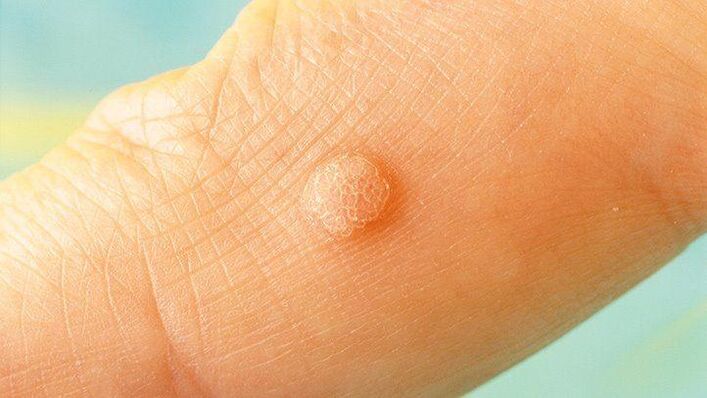
Warts
You can determine the formation of warts on the skin according to certain symptoms:
- the size of the tumor does not exceed 1 cm;
- the wart has clear outer boundaries, an inhomogeneous surface and density is felt on palpation;
- the color of the structure can be from light gray to black;
- the neoplasm has an irregularly rounded shape.
The place of localization of the growth is mainly open areas of the body, and especially those that are constantly being damaged by something. Warts often appear on the hands, fingers, knees and head in the area of hair growth.
Papillomas
You can independently diagnose a growth if you know what the body of a papilloma looks like. They are skin growths with a fairly thin stem or a flat base. In most cases, infection with the virus occurs in public places with high humidity. It is in such an environment that he feels ideal and begins to multiply rapidly.
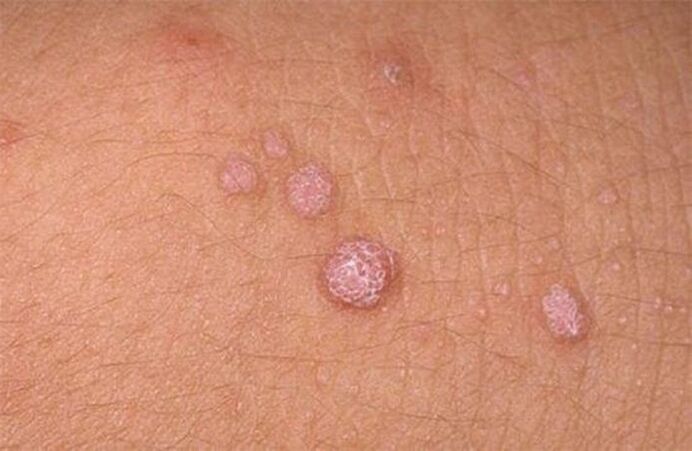
Patients need to know what papillomas look like on the body. The first sign of a tumor is a slight burning sensation, a slight tingling sensation in the epidermis. After a while, neoplasms appear in this zone. Gradually they stretch and lengthen, their size increasing to 1-1, 5 cm.
Often, papillomas form on the skin in elderly patients and begin to actively increase in size. The area where the growths are located is the chest, groin area and the area under the armpits. They are flesh-colored or slightly yellowish. The presence of the virus in the female body significantly increases the risk of developing cervical cancer.
Warts
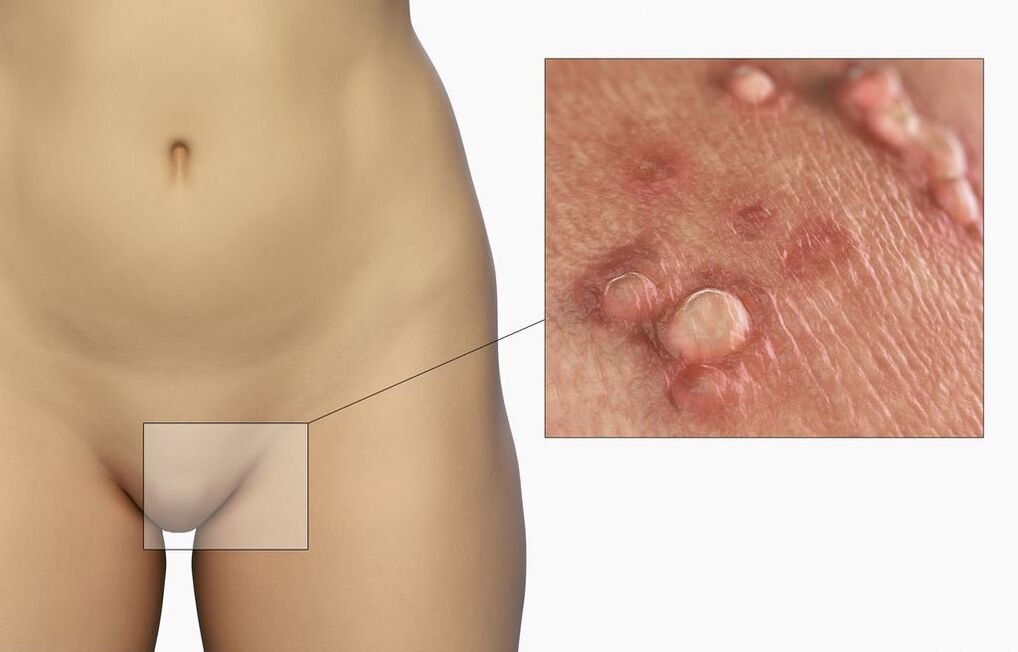
Genital warts are formed under the influence of certain types of HPV, which enter the bloodstream exclusively through sexual intercourse. Usually, the area of the anus and external genitalia, rarely the oropharynx, becomes the focus of localization of growths.
Warts are papillary growths that form on different parts of the body. Individual elements often connect with each other and form a tumor that resembles a rooster comb in appearance.
Incubation period
The papillomavirus has a long incubation period that can last for many years. This means that it is quite difficult to determine the moment when the infectious substance has entered the body. The activity of the virus can increase under the influence of various factors that disrupt the function of the immune system.
Once in the body, the virus is introduced into the nuclei of the cells of the dermis and begins to multiply there rapidly. With a decrease in the body's defenses, small papillae begin to appear on the surface of the skin, which includes more cells. They grow slowly and can grow up to 10 cm.
Diagnostics
Diagnosis of papilloma begins with an examination of the patient by an immunologist or dermatologist. The patient's medical history and symptoms are examined. Laboratory and instrument examinations help identify the cause of the appearance of neoplasms on the body.
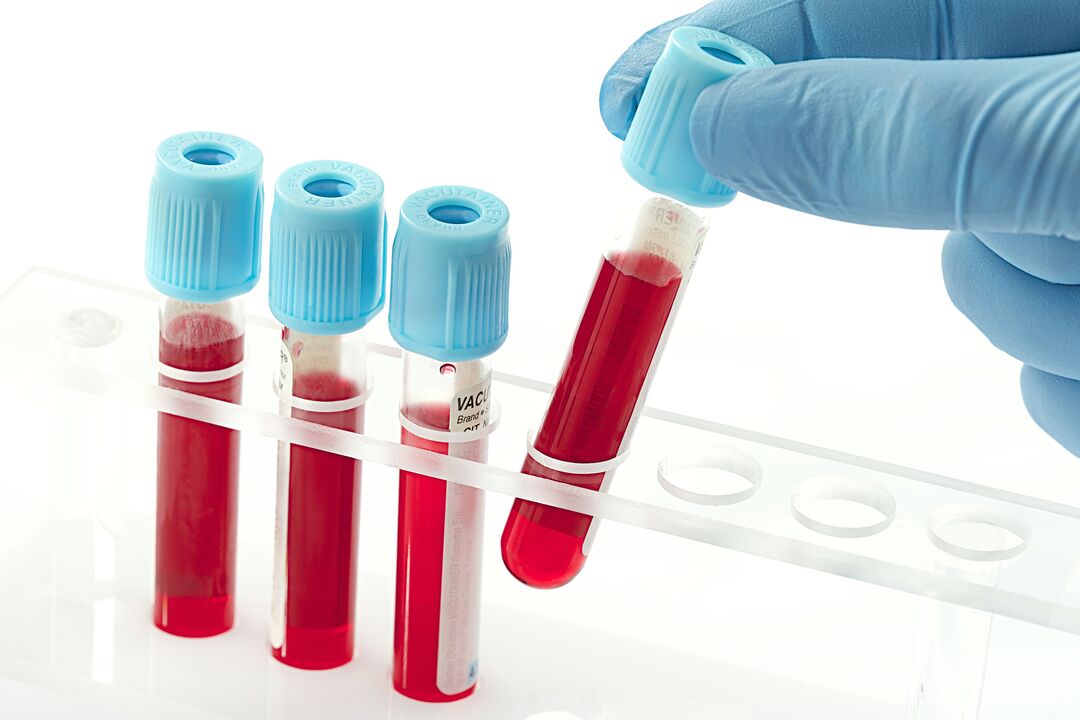
The standard diagnostic program includes:
- general and biochemical blood test;
- PCR test;
- biopsy of the material.
Based on the research results, effective and safe therapy methods are chosen.
Treatment
It is recommended to start treating papillomas immediately after their detection. The choice of method depends on the area of †‹вЂ‹ localization of neoplasms, the causes of their appearance, the form of HPV. How to quickly cure papilloma can only be determined by a specialist.
Cryocoagulation
With this method of therapy, neoplasms are removed with liquid nitrogen, which causes the water in the cells to freeze and die. Cryodestruction is performed only if the tumor is benign and there are no cancer cells in it.

The procedure is considered painless, but if the skin is too sensitive, they resort to the introduction of novocaine. After treating the skin with liquid nitrogen, they turn white and a small bubble forms inside which a transparent or pink liquid collects. When removing growths during freezing, unpleasant sensations in the form of a burning sensation can occur, but they gradually disappear. After cryodestruction, it is recommended to treat the epidermis with a solution of potassium permanganate or boron alcohol several times during the day.
After a few days, the bladder ruptures and a crust forms which protects the wound from infection. Over time, it disappears and healthy skin remains beneath it.
Surgical method
The operation to remove papilloma on the skin is considered the most radical method of removal, but it is not used as often. The indication for surgery is large papillomas.

During the operation, the doctor cuts out a small area of healthy tissue, which prevents the regrowth from regenerating. The procedure is performed under local anesthesia and lasts no more than 10-15 minutes. The patient does not feel pain and after the manipulation is completed a suture is applied. The disadvantage of this method is considered to be a long period of wound healing, formation of scars, scars on the body.
Laser removal
How the papilloma will be treated is decided by the doctor after examining the patient. The most modern method of removing growths is considered to be laser treatment, after which an analysis is performed to rule out cancer cells. The area of the body where the papilloma is located is anesthetized with lidocaine. Then they work on it with laser beams and remove it completely. When treated in this way, water evaporates in the damaged cells, they dry out and form a crust.
After some time, the skin turns red, swells, but this reaction takes place after 2-3 days. The crust falls off on its own after 5-7 days and a delicate pink skin comes instead.
Chemical attack
An effective way to combat pathology is considered to be a chemical effect on papillomas. Removal of genital warts is carried out with special preparations containing organic acids.
Using an applicator, they are applied to the surface of the formation and cauterized. Under the influence of chemicals, the growth cells are destroyed and it disappears.
Treatment with medication
Medical treatment for papilloma includes:
- Pills. Infection with a virus occurs due to a decrease in immunity, therefore, the effect of drugs is aimed at increasing the body's defenses. The patient is prescribed to take vitamins, immune modulators, antiviral drugs.
- Preparations for local treatment. A good effect is the use of creams and ointments with antiviral effect. For small tumors on the penis, gels and creams are chosen that stimulate the production of interferon. To remove growths, the doctor prescribes solutions with cauterizing properties.
Only a doctor can decide if papillomas should be removed in different parts of the body.
Immune modulators
How to treat multiple papillomas on the body depends on their size and localization area. An integrated approach involves treatment with immune modulators, the effect of which activates the body's natural defenses.
There are several types of HPV, so such drugs should be chosen by a specialist after immunological examinations. With papillomas in women, it is recommended to pay special attention to natural immune modulators that help restore immunity at the DNA level.
Self-erasure
Treating large papillomas at home can aggravate a person's condition and cause the virus to spread throughout the body. The possibility of using means for self-removal of growths is determined by a dermatologist. This method of treatment is possible only in the absence of an oncogenic factor and suspected malignant growth.
Self-treatment of benign neoplasms includes the use of topical ointments, medications prescribed by a doctor.
Traditional treatment methods
In addition to the treatment regimen chosen by the doctor, it is permissible to use alternative treatment methods. It is possible to stop the intensive growth of papillomas and induce its destruction when lubricated with celandine, dandelion or sour apple juice.

You can lubricate the neoplasm with the protein from a fresh egg every day and wait for it to dry. After a while, dry papilloma will fall off on its own. At the pharmacy you can buy a special adhesive tape, which is glued for a long time, and then the neoplasm is cleaned off.
To eliminate the defect, it is recommended to cut a clove of garlic and rub the growth on the skin with it for several days in a row.
Treatment with home and folk medicine is a long process. For greater effectiveness, it is recommended to combine it with taking drugs that have an antiviral effect.
Prophylaxis
Prevention of human papillomavirus is possible by maintaining body hygiene, timely treatment of any damage to the epidermis and their healing. To prevent infection, use personal hygiene products.
Prevention of papillomas involves rejection of casual intercourse, adherence to a healthy lifestyle, and increased immunity. The virus is able to become a provocative factor in the formation of papilloma on the cervix and the development of cancer. Women should regularly visit a mammologist with a gynecologist, making sure to adhere to proper nutrition. What to do if papilloma is detected, it is recommended to ask your doctor and not self-medicate.














































































